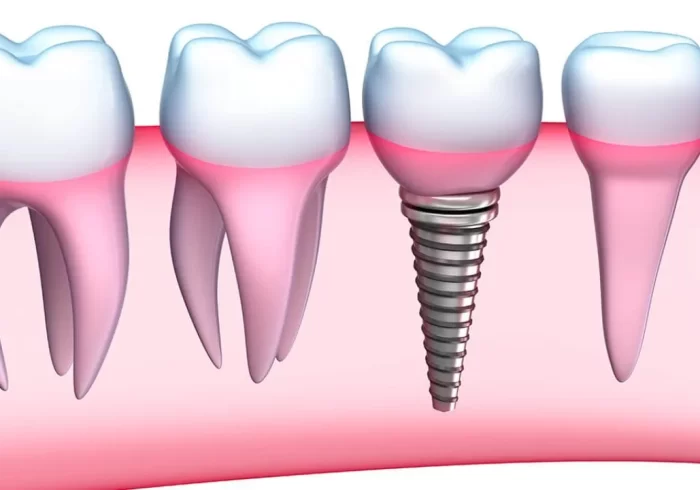Uterine fibroids, noncancerous uterine growths that vary in size, are frequent during childbearing years. While they are not associated with uterine cancer, they can induce uterine deformation and growth, occasionally spreading to the rib cage. Fibroids are often asymptomatic and may be discovered by chance by a clinician during pelvic exams or ultrasounds. Visit this page for Buckhead fibroids treatment.
What are the symptoms of fibroids?
Uterine fibroids frequently do not create symptoms, but their presence might cause a variety of problems depending on their size and location. Heavy menstrual bleeding, longer periods, pelvic pain, frequent urination, bladder emptiness issues, constipation, and back or leg discomfort are all common symptoms. If a fibroid loses its blood supply, it can cause extreme pain. These tumors are classified according to their location: intramural, submucosal, and subserosal. Seek medical treatment if you are experiencing persistent pelvic pain, significant bleeding, anemia, or sudden strong pelvic pain.
What causes fibroids?
Although the specific etiology of uterine fibroids is uncertain, research indicates that genetic alterations, hormone influence (especially estrogen and progesterone), growth factors such as insulin-like growth factor, and extracellular matrix all have a role. Fibroids develop from a stem cell in the uterine muscle tissue and divide to form separate masses that can grow, shrink, or remain stable. Pregnancy can cause fibroid alterations, with many decreasing or vanishing after the pregnancy.
Uterine fibroid risk factors include being a woman of reproductive age, with black women experiencing earlier and more severe fibroids, as well as a familial history. Obesity, vitamin D insufficiency, certain food choices, and alcohol usage all lead to a higher risk.
Are there risks or any complications?
Uterine fibroids often cause pain and can lead to issues such as anemia from heavy bleeding. While fibroids do not normally interfere with pregnancy, certain forms may contribute to infertility or pregnancy loss, and there is an increased risk of problems such as placental abruption and preterm delivery. Preventing fibroids is difficult, but a healthy lifestyle, weight management, a balanced diet, and hormonal contraception may assist. Only a small percentage of fibroids necessitate treatment.
Final thoughts:
Fibroids can fluctuate in size, decreasing or expanding over time. These changes are frequently hormone-related, with higher levels of hormone-generating growth, as in pregnancy, and lower levels causing shrinkage, particularly following menopause. However, it is crucial to note that symptom improvement is common after menopause.








